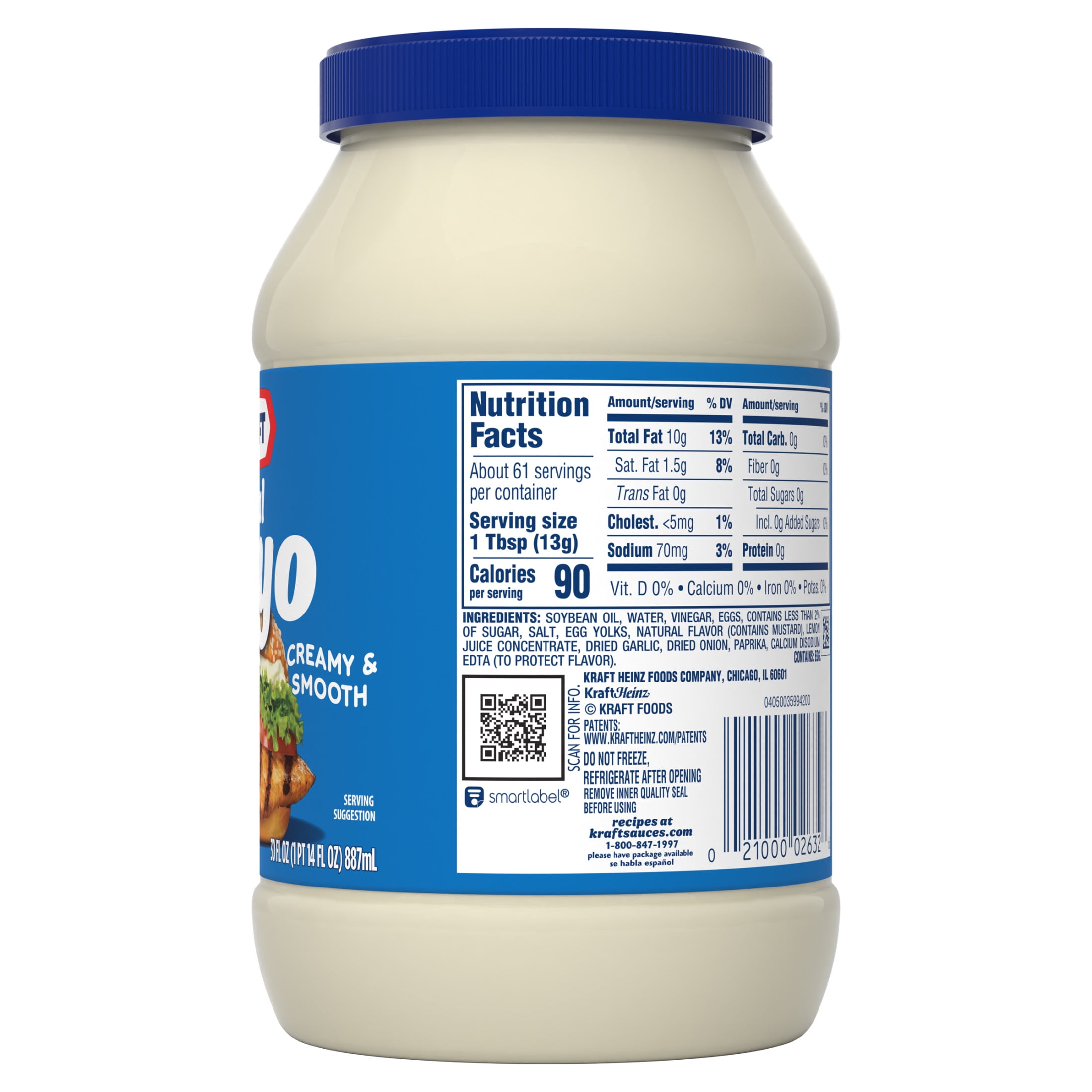Smart Ways to Optimize Cyclical Ketogenic Diet for 2025 Results

Smart Ways to Optimize Cyclical Ketogenic Diet for 2025 Results
The cyclical ketogenic diet, often referred to as the CKD, combines the principles of a standard ketogenic diet with periodic carbohydrate loading phases. This method aims to harness the benefits of both low-carb and high-carb eating while optimizing energy levels and fat adaptation. In recent years, this diet strategy has gained traction among fitness enthusiasts and those looking to enhance their weight loss journeys through metabolic flexibility.
With its emphasis on high-fat foods, the cyclical ketogenic diet not only supports weight loss but also promotes brain health, insulin sensitivity, and energy efficiency. Understanding how to effectively utilize this diet can transform your approach to meal planning, nutrient timing, and dietary changes. This article will delve into the essential concepts surrounding the cyclical ketogenic diet and provide actionable tips to maximize its benefits in 2025.
We'll explore various aspects of the CKD including meal prep strategies, optimal macro nutrients, and food swaps to maintain a balanced diet. Additionally, we'll discuss common issues such as managing cravings and maintaining motivation while tracking your progress. Let’s dive into the smart ways you can enhance your ketogenic lifestyle!
Key Benefits of a Cyclical Ketogenic Diet
Building on the introductory concepts, understanding the key benefits of the cyclical ketogenic diet is essential for anyone considering this dietary approach. The CKD not only supports fat loss but can also introduce significant improvements in physical performance and overall health.
Improved Fat Loss
One of the primary aims of the ketogenic diet is to switch your body’s energy source from carbohydrates to fats, entering a state known as ketosis. By strategically incorporating carbohydrate cycles, the CKD allows for minimal fat storage while providing necessary carbs for energy during high-intensity workouts.
This process leads to efficient fat burning, especially for those aiming to lose weight while preserving lean muscle mass. For example, individuals engaged in weight training may find that cycling carbs helps them maintain energy levels without hindering their fat loss goals. Research indicates that incorporating periodic carbs can enhance metabolic flexibility, allowing the body to adapt to different energy sources effectively.
Enhanced Energy Levels
Beyond fat loss, one of the most appreciated benefits of the CKD is the enhancement of energy levels. While traditional low-carb dieting can lead to fatigue, the cyclical approach helps to sustain energy throughout the week.
By timing your carb intake strategically, especially around workouts, you can avoid the 'keto flu' symptoms that often accompany traditional diets. Energy from fats supports cognitive performance and physical activity, leading to better workout results and reduced feelings of exhaustion. This energy balance makes it more feasible to adhere to the diet longer, as you won’t feel deprived or sluggish.
Increased Nutritional Variety
The cyclical ketogenic diet allows for more variety in your meals, which is often a challenge faced by those on strict keto diets. Including a selection of keto-friendly foods during carb-loading phases introduces new flavors and nutrients into the diet.
This variation not only keeps meals appealing but also provides essential vitamins and minerals that support overall health. Embracing diverse ingredients, such as seasonal vegetables and fresh fruits, can greatly enhance dietary enjoyment while adhering to macro goals. Plus, the aspect of planning for success can lead to healthier food choices in social situations, allowing you to enjoy life without sacrificing your dietary preferences.
Meal Planning for Success on CKD
With these benefits established, let’s focus on meal planning—an essential component of successfully adhering to a cyclical ketogenic diet. Effectively organizing your meals can ensure you maintain macro nutrient balance and avoid the pitfalls of poor food choices.
Creating a Detailed Grocery List
When starting your CKD journey, a well-organized grocery list is crucial. Begin by identifying high-fat foods that are integral to the ketogenic meals you're preparing. Foods rich in healthy fats, such as avocados, nuts, seeds, and olive oil should be staples in your kitchen. Additionally, stock up on gluten-free proteins like fish, chicken, and eggs to maximize nutrient density.
Don’t forget to include low-carb vegetables like spinach, kale, and broccoli to increase fiber intake without adding excessive carbs. Being strategic about your grocery shopping reduces the likelihood of impulse buys that could derail your diet strategy.
Implementing Macro Nutrient Breakdown
To truly optimize your cyclical ketogenic diet, understanding macro nutrient ratios is vital. A typical CKD model suggests that during low-carb phases, approximately 70-75% of your caloric intake should come from fats, while protein should make up about 20%, and carbs around 5%. However, during carb-loading phases, you may increase carbohydrates to 50-60%, which can help replenish muscle glycogen stores.
Tracking these macros ensures you're hitting your nutritional goals smoothly and can help keep your appetite in check. Utilizing meal tracking apps can simplify this process, making adherence more manageable and providing insights into your eating habits.
Crafting Easy Keto Meal Ideas
With your grocery list and macro nutrients clear, focus on creating a variety of easy keto meal ideas. Consider meal prep strategies that allow you to bulk cook and portion out your meals throughout the week.
Preparing dishes such as zucchini noodles with pesto, cauliflower rice stir-fry, or high-fat salads can keep your taste buds satisfied while remaining within your keto parameters. Utilizing meal delivery services can also ease the load of planning while introducing new foods that fit your dietary restrictions—perfect for busy weeks!
Understanding Carb Cycling Techniques
Following effective meal planning, understanding carb cycling techniques can significantly enhance your cyclical ketogenic diet. This dietary phase involves adjusting carbohydrate intake to optimize performance and fat loss.
Timing Your Carbs for Maximum Results
One common method involves timing carbohydrate intake around workouts, providing your body with energy when it needs it most. By consuming carbs before and after exercise, you're not only fueling your workouts but also facilitating recovery and muscle preservation. This strategy ensures that energy from carbs is utilized effectively, promoting better performance.
Another effective strategy is to utilize a 're-feed' day after several days of low-carb eating, replenishing glycogen and supporting metabolism. Monitoring your body's response to these carb cycles will help tailor your approach for optimal results.
Selecting the Right Carb Sources
Choosing the right sources of carbohydrates is crucial during your carb cycling phases. Opt for whole-food sources such as sweet potatoes, quinoa, and fruit, which offer greater nutritional value and fiber compared to processed foods.
Balancing these carb sources with your high-fat foods can also ensure stable blood sugar levels while still promoting ketosis during other days of the week. Understanding the types of carbohydrates you consume can enhance the effectiveness of your dietary efforts.
Overcoming Common Mistakes in Carb Cycling
Many beginners encounter common mistakes when first trying carb cycling. Overeating on carb-loading days or choosing poor carb sources can often lead to unwanted weight gain or stalls in fat loss. It’s important to plan ahead and stick to the macro guidelines you’ve set, avoiding high-sugar items that won't contribute to health benefits.
Staying consistent with meal prep and adherence to meal timings can greatly impact your success. Learning how to read food labels and track macronutrients efficiently will provide insights into managing your carb intake and help maintain the balance necessary for success.
Tips for Maintaining Motivation and Overcoming Challenges
Finally, staying motivated and overcoming challenges are key elements for long-term success on your CKD journey. With meal preparation and strategy in place, implementing various motivational tactics helps reinforce your commitment.
Creating a Supportive Environment
Surrounding yourself with like-minded individuals or engaging in online communities dedicated to the ketogenic lifestyle can provide essential support. Sharing experiences and challenges with others allows for constructive feedback and accountability—crucial for maintaining motivation.
Incorporating motivational quotes or visual reminders of your fitness goals in your kitchen workspace can also encourage adherence to your dietary changes. Reflecting on these goals regularly reinforces your commitment and emphasizes why you chose this path.
Tracking Progress Systematically
Implementing systematic progress tracking can highlight improvements over time, whether that’s through weight measurements, body composition analysis, or even tracking mood and energy levels. Documenting your results will help establish positive reinforcement, motivating you to stay on track.
Adapting When Necessary
Lastly, being adaptable is essential when encountering challenges. If certain aspects of the CKD aren’t working, don’t hesitate to make adjustments. This might involve altering carb sources, modifying meal timing, or experimenting with intermittent fasting techniques. Recognizing that diet is not one-size-fits-all allows you to create an individualized plan that suits your specific needs and lifestyle.

Q&A Section: Common Questions About the Cyclical Ketogenic Diet
What is the ideal macro ratio for CKD?
The standard macro ratio often recommended for cyclical ketogenic diets is approximately 70-75% fats, 20-25% protein, and 5-10% carbohydrates during low-carb cycles. During high-carb re-feed days, these numbers can shift significantly, often resulting in 50-60% carbohydrates while still maintaining healthy fat intake.
How can I prevent weight regain after reaching my goals?
To prevent weight regain, focus on maintaining a sustainable balance between low-carb and carb re-feed days. Continuing meal prep habits and adhering to a healthy lifestyle post-diet will promote long-term success. It’s also essential to track food intake and maintain awareness of calories consumed.
Are there specific dietary supplements recommended with CKD?
Many find that dietary supplements such as electrolytes, omega-3 fatty acids, and fiber can support their CKD experience, enhancing overall health and aiding in the transition process. Always consult with a healthcare professional before adding supplements to ensure they fit your individual health needs.
Can I enjoy social situations while on a CKD?
Absolutely! Planning ahead for social situation is vital. Opt for keto-friendly meals when dining out, and don’t hesitate to bring your own meals if needed. Emphasizing the importance of healthy alternatives ensures you stay committed, even in social scenarios.
How do I start the cyclic ketogenic diet?
Begin with familiarizing yourself with low-carb foods, crafting a budget-friendly grocery list, and planning meals that fit into your macro guidelines. Gradually reduce carbohydrate intake while incorporating exercises to energize your progress. It takes time, but patience pays off as you adapt to the new lifestyle.
